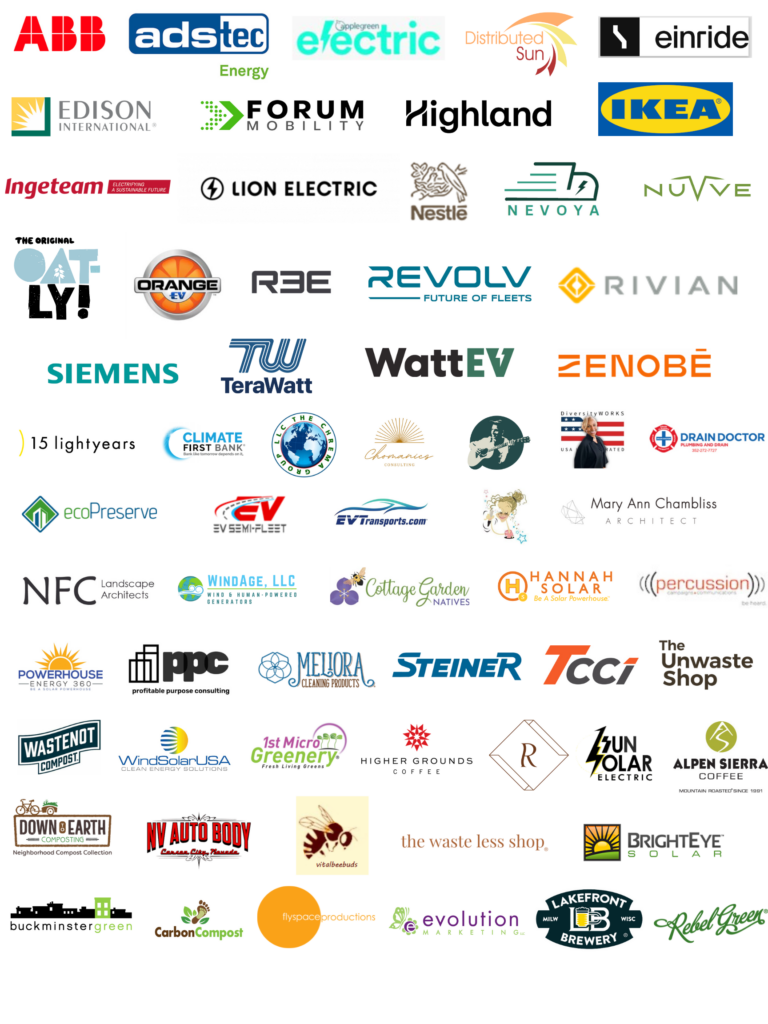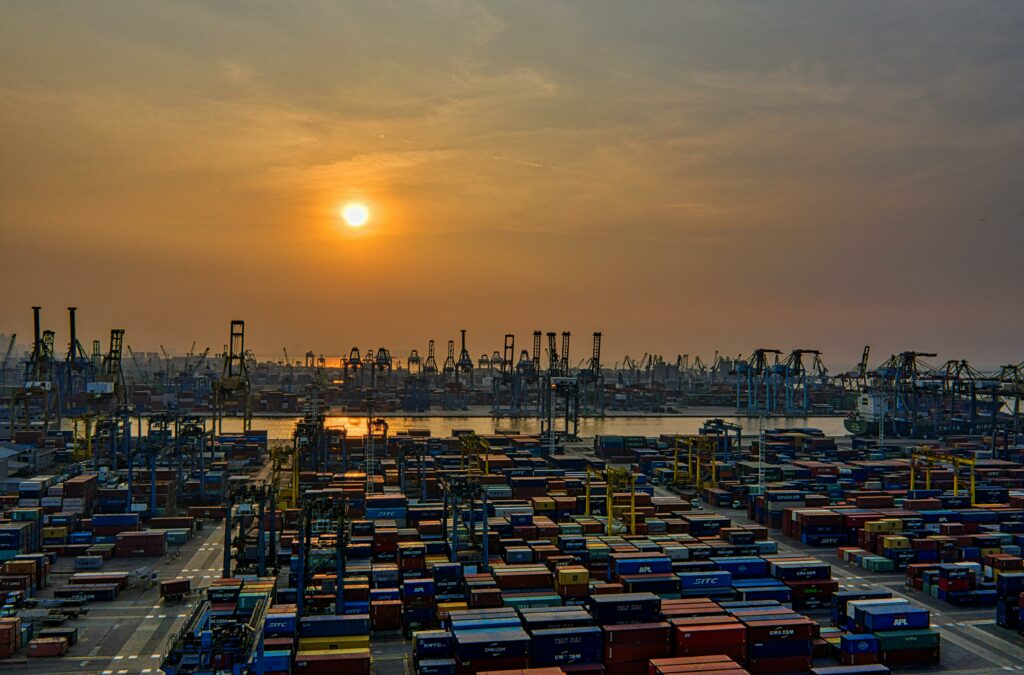Federal Policy
Home > Urge the EPA to Adopt Strong Heavy-Duty Emissions Standards
EPA Heavy-Duty Emissions Standards
In late 2023 and early 2024, the EC conducted a campaign to urge the EPA to finalize the strongest possible emissions standards for heavy-duty vehicles. The campaign included letters signed by more than 80 businesses and 75 mayors, as well as a digital ad campaign. On March 29, 2024, the EPA finalized the rule. Read our response.
Although there are fewer heavy-duty vehicles than light-duty vehicles on the roads, heavy-duty vehicles are a significant and essential portion of our vehicle fleet, which emit a disproportionately large amount of greenhouse gases and air pollutants. The Environmental Protection Agency (EPA) should adopt the strongest version of the proposed tailpipe emissions standards for heavy-duty vehicles because doing so would promote economic development through electrification, protect American national security interests, progress our environmental goals, and signal our commitment to a clean transportation future.
Reasons for the rule
- The proposed rule would lead to:
- Up to 57% of new heavy-duty vehicle sales being electric by 2032.
- $12 billion in benefits by reducing the energy security risks caused by oil.
- EV supply chain investment and regulatory reform has the potential to create more than 500,000 American jobs in five years
- Nearly 154,000 of these would stem from incentives making it less expensive to buy electric heavy-duty vehicles like trucks and buses.
- The U.S. could add 29,000 jobs through measures to expand charging infrastructure and energy storage.
- One recent example of job creation through heavy-duty vehicle electrification is the new Lion Electric factory, which is bringing 1,400 jobs to Joliet, IL.
- Reliance on oil poses a risk to our energy and national security, as evidenced by Russia’s weaponization of oil during the Russian invasion of Ukraine.
- Roughly $81 billion taxpayer dollars annually – 16% of the current defense budget – is spent to secure the flow of foreign oil, burdening American consumers, distorting American diplomacy goals, and eroding our international reputation.
- The factors underlying oil’s price volatility have not changed, nor will they. Electricity, on the other hand, can be produced entirely domestically and is a far more stable commodity.
- Despite making up just 11% of on-road vehicles, medium- and heavy-duty vehicles produce 29% of the transportation sector’s total emissions.
- Internal combustion engine heavy-duty vehicles also produce large amounts of air pollutants that disproportionately impact disadvantaged communities living along transportation corridors.
- Electric heavy-duty vehicles emit a fraction of the greenhouse gasses and air pollutants of their internal combustion engine counterparts.
- While even the strongest proposed standards don’t require that vehicle manufacturers make EVs, their adoption would accelerate electrification by significantly limiting allowed emissions, pushing the market for electric alternatives to diesel vehicles past the tipping point.
- Trucks moved nearly 12 billion tons of domestic freight in 2021 — the vast majority of which traveled less than 250 miles.
- Shipments below 100 miles accounted for 44% of the total tonnage.
- Shipments between 100 and 249 miles accounted for 43%.
- Many freight vehicles operate on fixed routes and spend every night parked in the same place, making the freight sector a prime candidate for electrification.
- Commercial vehicle operators such as Amazon, Nestlé, PepsiCo, FedEx, UPS, and DHL have already signaled interest in electrifying their fleets.
Advocating for strong emissions standards, the EC built a broad coalition of support comprised of over 80 businesses and 75 mayors from around the country.

The EC also created a targeted digital ad campaign.

Heavy-Duty Electrification Resources

ELECTRIC FREIGHT CONSORTIUM
The Electric Freight Consortium is a forum for collaboration between the EC and private-sector partners (shippers, carriers, retailers, and EV supply chain companies) that facilitates peer-to-peer collaboration on strategies and actions that will accelerate freight electrification at scale.

PORT ELECTRIFICATION NETWORK
The EC’s Port Electrification Network facilitates the effective deployment of electric vehicles and equipment at ports by creating a platform for port stakeholders to share successes and challenges in electrification.

ELECTRIC FREIGHT DASHBOARD
The Electric Freight Dashboard, built in collaboration with Atlas Public Policy, tracks data about the state of freight vehicle electrification in the United States and the availability of funding for the acquisition and deployment of electric freight vehicles and the supporting charging infrastructure.
